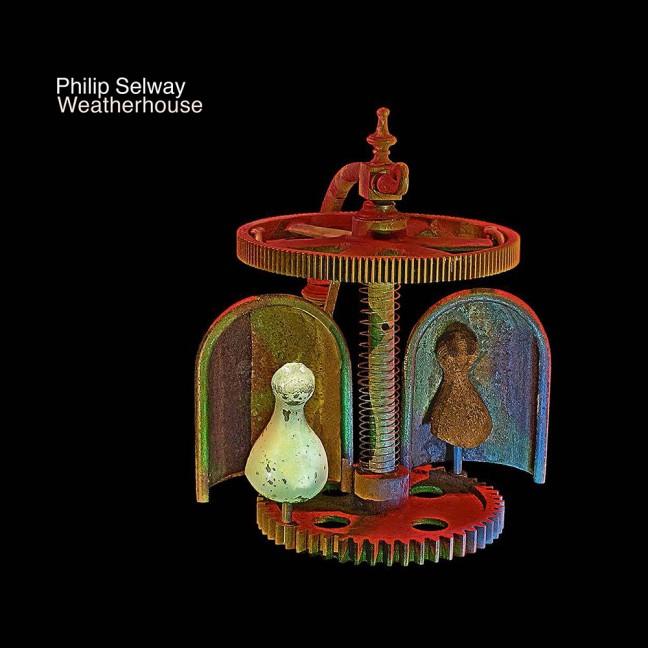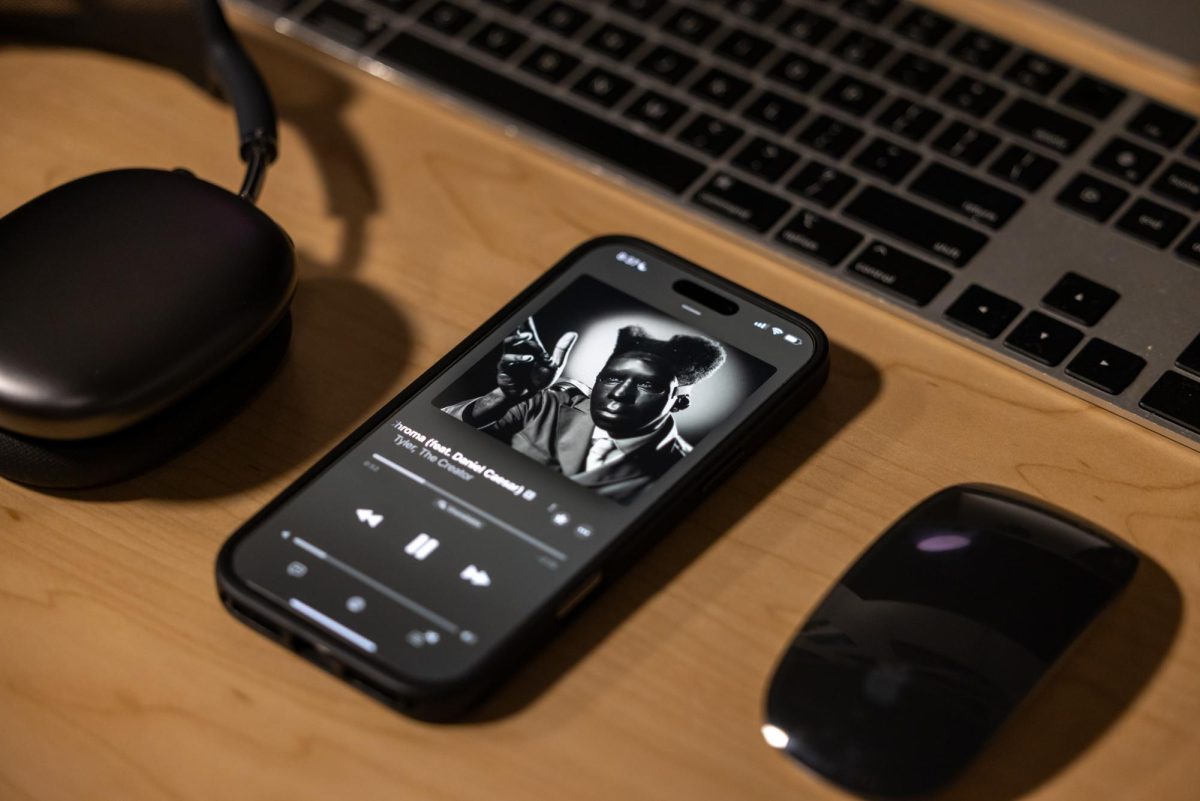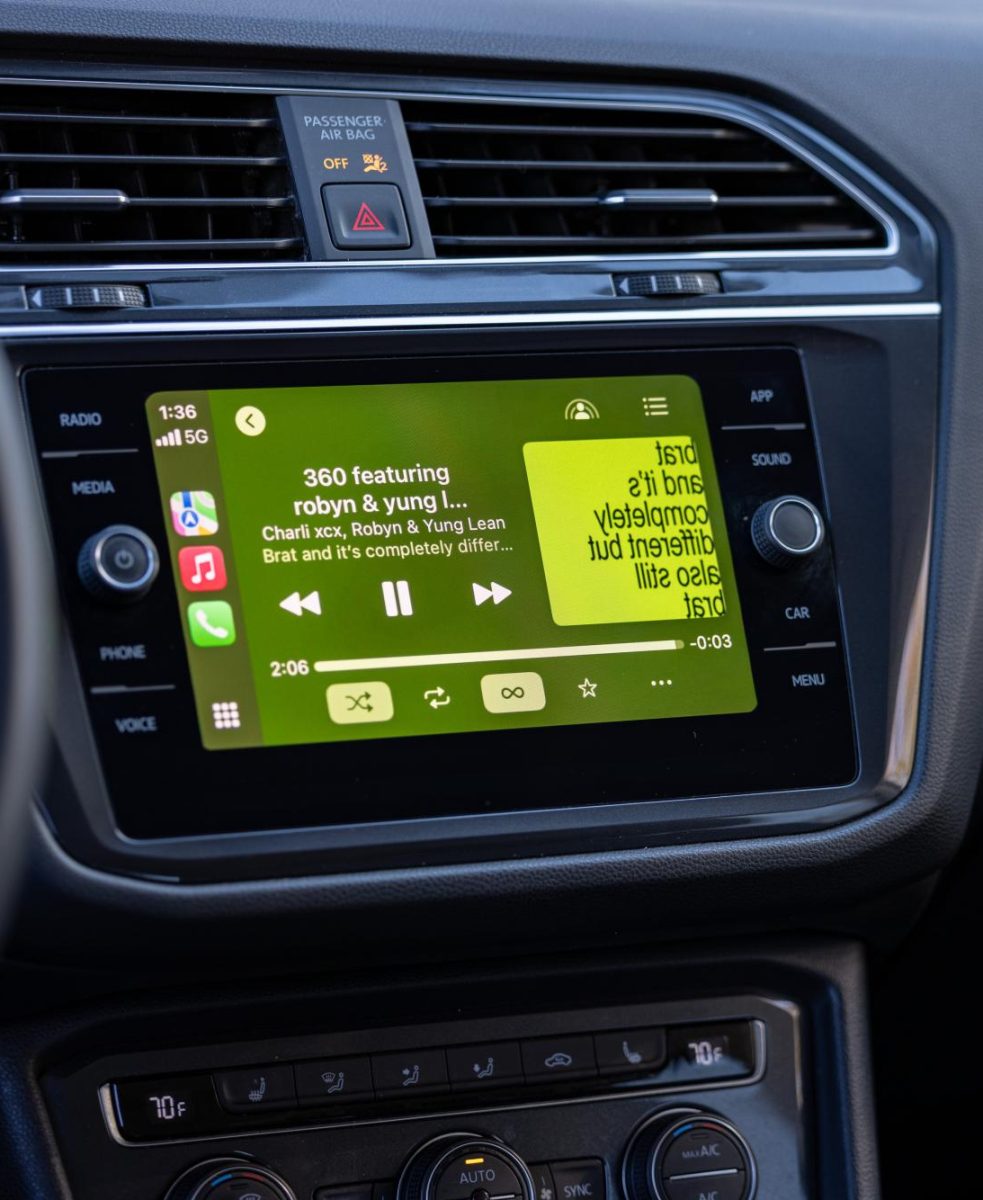For decades in popular music, drummers have been marginalized. They are the butt of endless drummer jokes and compared with their singer and guitarist peers, they are less regarded as celebrities and sex symbols. For every Paul McCartney, there is a Ringo Starr — the one who says little, contributes the least amount to a band’s songwriting and lacks in the looks department.
Philip Selway has never stood out as the “key” member of Radiohead. That title goes to singer Thom Yorke, the most outspoken and instantly recognizable of the five-piece group. Jonny Greenwood — who was voted 48 on Rolling Stone’s list of the 100 greatest guitarists of all time — probably takes second place in this regard.
Selway probably takes last place. Although he’s the furthest from a celebrity of his fellow band members, he is an integral part of the Radiohead sound, if there is one at all. His syncopated grooves and ability to keep up with twisting and turning time signatures throughout entire songs has always been stunning. He plays with a steady intensity that never breaks focus, a style that has been played up considerably on the band’s two most recent albums. See In Rainbows’ “Bodysnatchers,” “Weird Fishes/Arpeggi” and “Jigsaw Falling into Place” for his perfected formula — all of these songs propel forward using essentially the same beat.
Because Selway has cemented himself so firmly into Radiohead’s overall sound, it’s interesting to hear him removed from it. That’s exactly what he’s done again with his second solo album, Weatherhouse. Unlike a Radiohead album, Weatherhouse is simplistic. It strays away from big statements and sweeping crescendos. It’s an album of straightforward ballads, almost shocking in their simplicity. Gone are the glitchy electronics that make up much of the band’s sound. This is an album that revels in the organic.
Acoustic guitars, piano, airy percussion and strings make up a broad part of Weatherhouse’s sonic palette. “Ghosts,” which tells the story of a man trying to sleep as “ghosts crowd at [his] windows,” coats the subtle picking of an acoustic guitar with walls of descending notes provided by what sounds like a full-string orchestra. “Let It Go” features pounding piano chords and crashing tambourine-assisted percussion. Strings join in as Selway belts, “I’m over it now, I’m over it now,” lyrics that seem to dwell on someone important – like a lover – leaving. Lyrically, most of the songs on the album follow this theme.
A quick study of the album’s lyrics will quickly convince any listener that Selway has recently suffered a breakup (although, if Wikipedia is to be trusted, he is still happily married with three children). On “Turning It Inside Out,” Selway sings, “Look at us now, look at us now / Turning it inside out / And it won’t turn anymore… Take it all apart and twist each other’s words.”
“Don’t Go Now” is a meditation on loneliness and something lost, “In the quiet I need you … In the crowds I see you, a face I know by heart / Don’t go now, stay close, be with me.” This theme is most explicit on the album’s standout track, “It Will End in Tears,” which is as close a Radiohead or a Radiohead band member has ever come to writing a Death Cab for Cutie song. I’ll quote the chorus in full, because it is truly beautiful, “Remember me? / I used to be something didn’t I? / But it’s not my time now / I’ll be leaving / Stay inside / I hate goodbyes / Don’t be bitter now / We could spend a lifetime in a weatherhouse.” It is a stunning, delicate song that blossoms into a spectacular climax, even though it’s a fairly standard pop song that brings few new ideas to the table.
And that’s exactly what Weatherhouse is. It’s a delicate, pretty little album that offers little in the way of innovation. Since the band’s first release in the early 1990s, Radiohead has constantly redefined itself with each subsequent release, reinventing its sound and pushing itself to new creative peaks. Selway has crafted an album that’s good for a listen or two. Beyond that, it becomes boring, because there’s nothing new to dig at.
It’s fitting that the release of Weatherhouse coincides with Yorke’s recently released Tomorrow’s Modern Boxes. These albums act as brief, satisfying, inoffensive buffers for fans as they await the arrival of Radiohead’s next album, which is currently being recorded. These albums are also testaments to the band’s formula itself. Separated from each other, each member has his own particular interests. Selway has his melodic, sweet art rock. Yorke has his glitchy, IDM-influenced electronica. Greenwood has his Debussy-influenced film soundtracks, including one for Paul Thomas Anderson’s upcoming “Inherent Vice.” And Ed O’Brien and Colin Greenwood are just cool guys who don’t really do much musically outside of the band (although Colin has done some very cool stuff recently in South Africa, working with children to develop radio broadcasting skills). When these five people are brought together, that’s when they create greatness.
Now we just have to hold on and wait until LP9.














